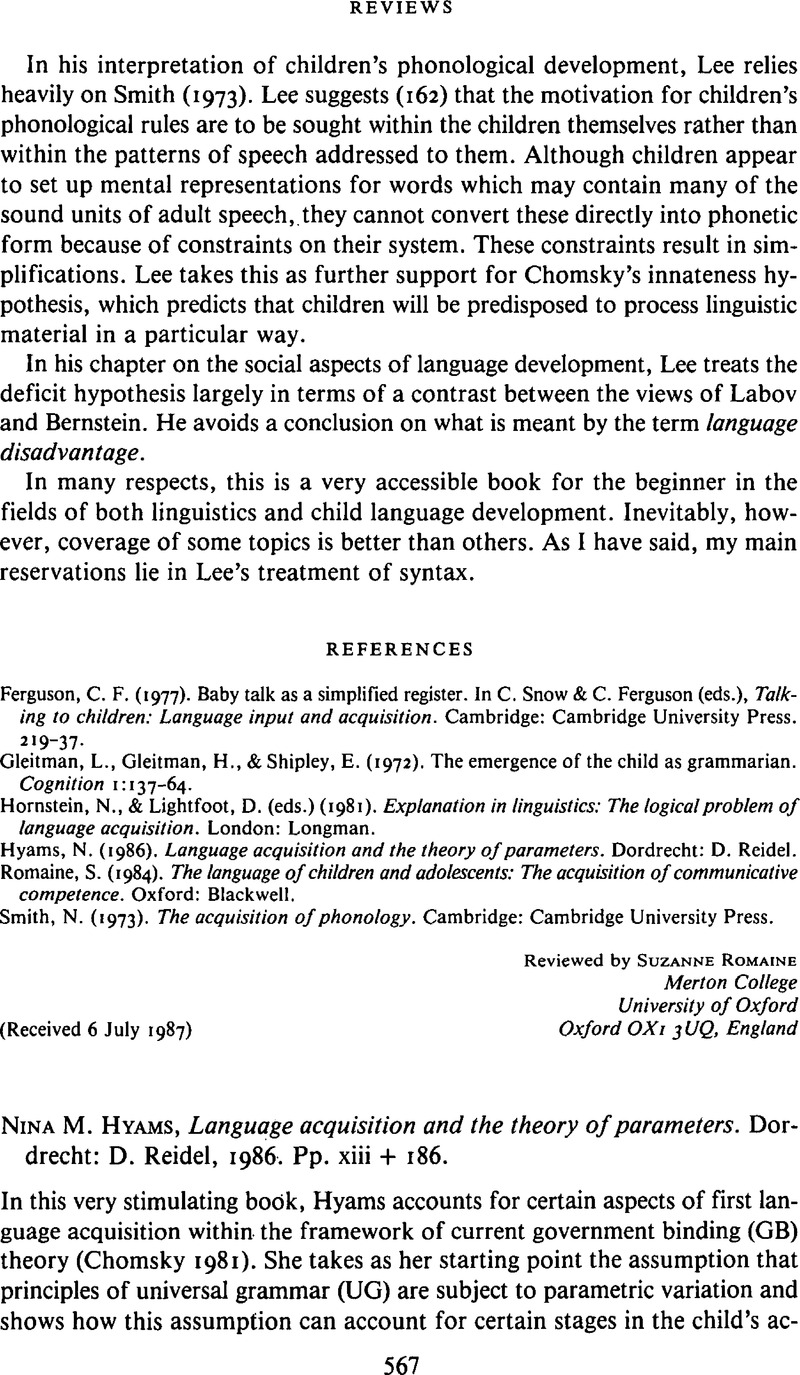Newport, E.,
Gleitman, L., &
Gleitman, H. (
1977). Mother, I'd rather do it myself: Some effects and non-effects of maternal speech style. In
Snow, C. &
Ferguson, C. (eds.),
Talking to children: Language input and acquisition.
Cambridge:
Cambridge University Press.
Google Scholar 